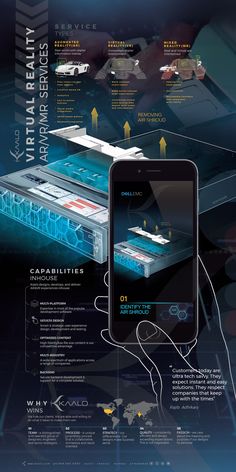Assistive technology (AT) plays a crucial role in improving the quality of life for individuals with disabilities. One important type of assistive technology is the direct selection control interface. This article will explore what direct selection control interfaces are, how they work, their benefits, and some examples.
Table of Contents
What is Direct Selection Control?
Direct selection control interfaces allow users to interact with devices directly. This means they can select options or commands through physical touch or by pointing, without needing complex movements or intermediary steps.
Types of Direct Selection Control
- Touch Screens
Touch screens are perhaps the most common direct selection interface. Users simply tap on icons or buttons to make selections. - Keyboards
Traditional keyboards allow users to type directly, making selections through keystrokes. - Mouse and Trackpads
These devices let users point and click, providing an intuitive way to select options on a computer screen. - Switches
For individuals with limited mobility, switches can serve as direct selection tools. A single press can activate a command or function.
How Do Direct Selection Control Interfaces Work?
Direct selection interfaces work by detecting user input. This input can be in various forms, such as:
- Touch
Touch-sensitive screens detect where a user taps, allowing for immediate feedback. - Clicks
Mice and trackpads translate clicks into commands on a computer. - Switch Activation
Switches send signals to a device when activated, triggering specific actions.
Benefits of Direct Selection Control Interfaces
Ease of Use
One of the main advantages of direct selection is its simplicity. Users can quickly learn how to operate devices with minimal training.
Speed
Direct selection allows for faster interactions. Users can select options quickly, which is essential for effective communication and productivity.
Accessibility
Direct selection interfaces cater to a wide range of abilities. Whether using a finger, a stylus, or a switch, many individuals can interact with technology in a way that suits their needs.
Examples of Direct Selection Control Interfaces in Assistive Technology
Communication Devices
Communication devices often use direct selection to help individuals with speech disabilities. Users can select symbols or words to create sentences and communicate their thoughts.
Educational Software
Many educational tools for children with disabilities utilize touch screens or direct selection methods. This allows learners to engage interactively with content.
Smart Home Systems
Smart home technologies often incorporate direct selection interfaces. Users can control lights, thermostats, and security systems simply by tapping on their smartphones or tablets.
Challenges and Considerations
Limited Options for Some Users
While direct selection is beneficial, it may not be suitable for everyone. Some individuals may require alternative interfaces, like eye tracking or head pointers, if they have severe motor impairments.
Potential for Overreliance
Users might become overly dependent on direct selection interfaces. It’s essential to encourage diverse skill sets and explore various input methods.
Future of Direct Selection Control Interfaces
As technology advances, direct selection interfaces are likely to become more sophisticated. Innovations in touch technology, voice recognition, and adaptive devices will improve accessibility for all users.
Integration with Other Technologies
Future devices may combine direct selection with other forms of input. For example, a device could allow voice commands alongside touch interactions, offering greater flexibility.
Conclusion
Direct selection control interfaces are an essential part of assistive technology. They empower individuals with disabilities by providing simple, fast, and accessible ways to interact with devices. While there are challenges to consider, the future looks promising with ongoing advancements. Embracing these technologies will help create a more inclusive world, where everyone can communicate, learn, and thrive.
